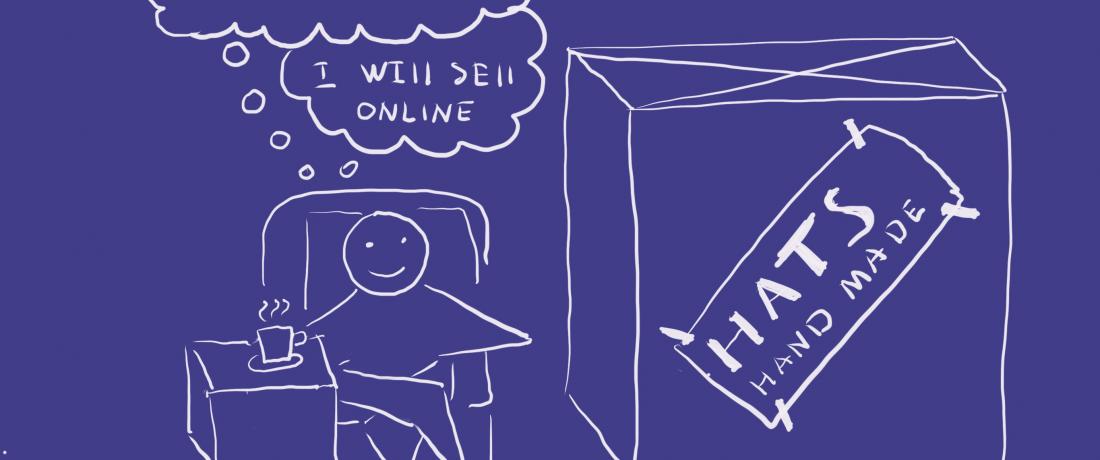
We all live in an incredibly interesting time - the era of digital marketing. Due to digital marketing we can now reach out to the clients in a different and completely new dimension - the Internet.
At first glance, it is a remarkable opportunity: It is a huge space and you do not even need to leave your house to sell your products or services.
In this article you will find the following chapters:
1.Marketing research: something people always forget and pay dearly
2. What is your product? A much more tricky question than it seems
3. Target Audience: “Who is your client?” A question that catches everyone off-guard
4. Unique Selling Proposition: are you still like everybody else? Why?
5. Customer Journey: What people are doing online
6. Advertising Placements - organic vs. paid
7. Sales Funnel: a “secret knowledge” of online sales
1.Marketing research: something people always forget and pay dearly
Would you like to bring your goods or services to the digital market too?
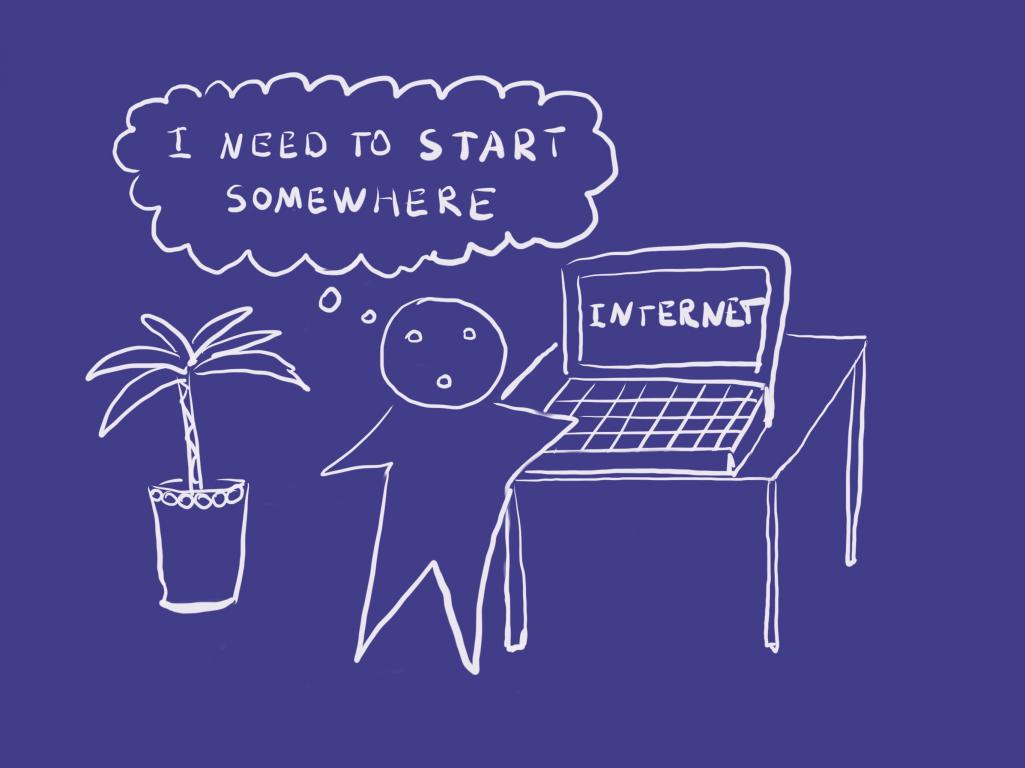
Then you need to answer the following questions (and digital marketing provides different tools to help you do this):
1. What is your product, and is there a need for your product on the market? If yes, is it big enough?
2. If no, can one create a need?
3. Who is your future client?
4. Where are your future clients spending time (on which digital platforms)?
5. Who are your competitors?
6. Why will your clients buy from you and not from your competitors?
7. Which tools will be needed to meet your goals?
This stage is called “market research” and is conducted prior to going to the market. Why is it needed? Quite easy - it saves you money, because it shows where you should or should not put your resources and effort.
2. What is your product? A much more tricky question than it seems
So your idea is to sell hats, and it seems that your product is “a hat”. But there are many other options. You can sell:
- ready made hats for end customers (which is also called ‘business to customers’ or B2C segment)
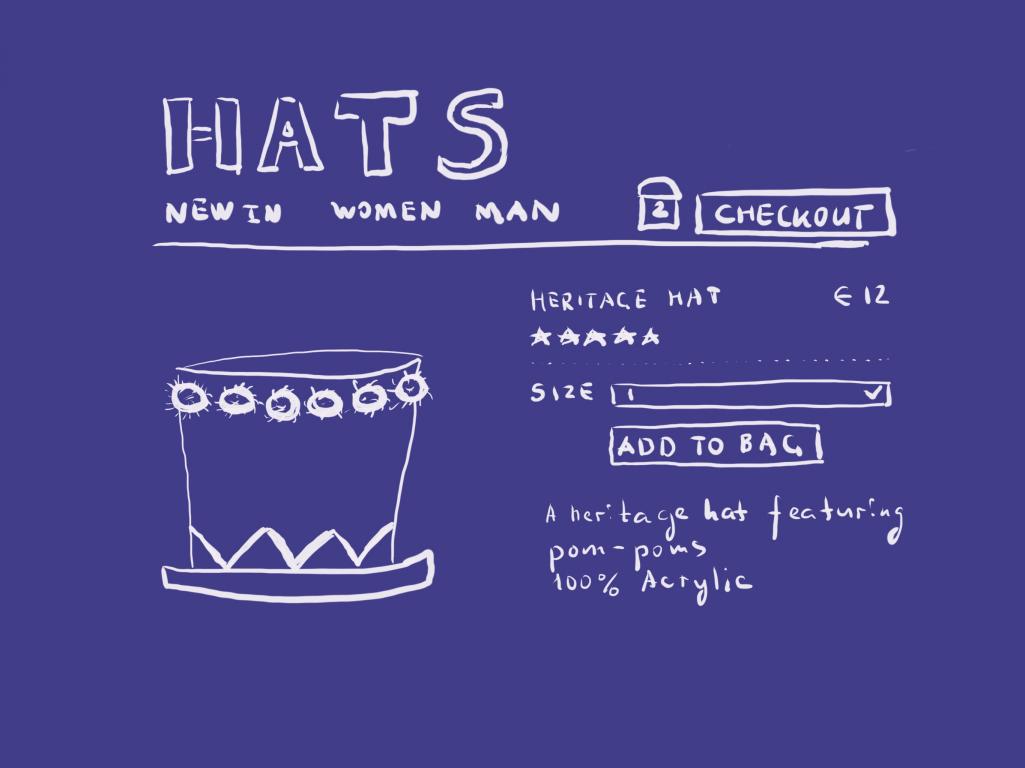
- a service to customize your hats
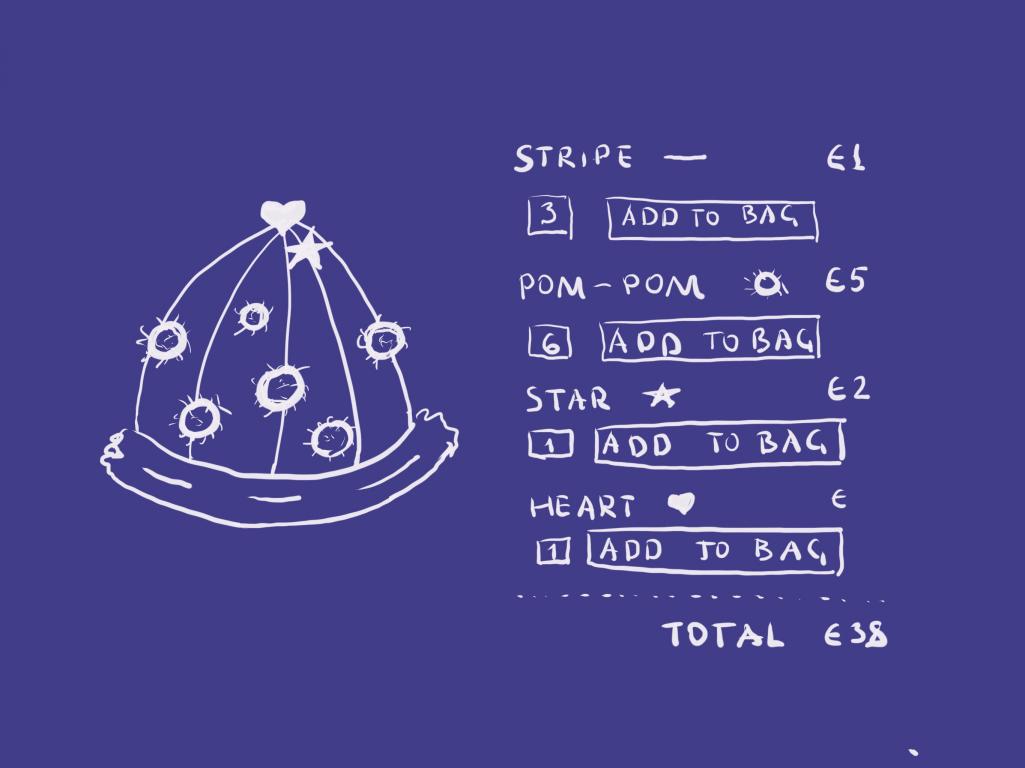
- a styling service - how to give one’s image an unforgettable finish with a hat
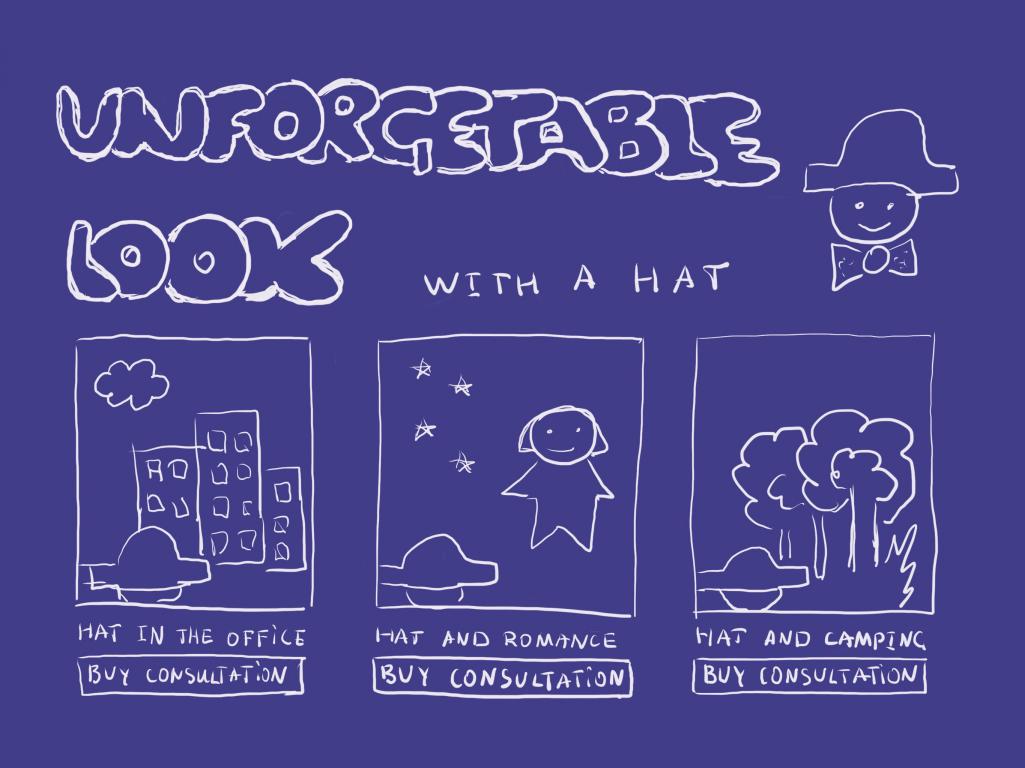
- patterns for other hatmakers to produce the type of hats based on your design (this will be then a ‘business to business’ or a B2B segment - as your clients will be businesses and not end customers)
- a ‘do it yourself’ hat kit
- courses on how to make hats
Some of these products and services can be combined to make upsell (in simple terms to make more money with the same customers), but still, you will need to choose your main product. How to decide? Here are some tips:
1. Brainstorm and write down all possible search query variations people can use to look for your product or service. Then research how many users are searching for your product.
There are free services for keyword research:
And paid services for keyword research:
And look at how many competitors are already fighting for these customers (You can use Google or Bing, but for more professional analysis it is better to use Semrush). Ideally the winning query will have as great as possible demand, but as few competitors as possible.
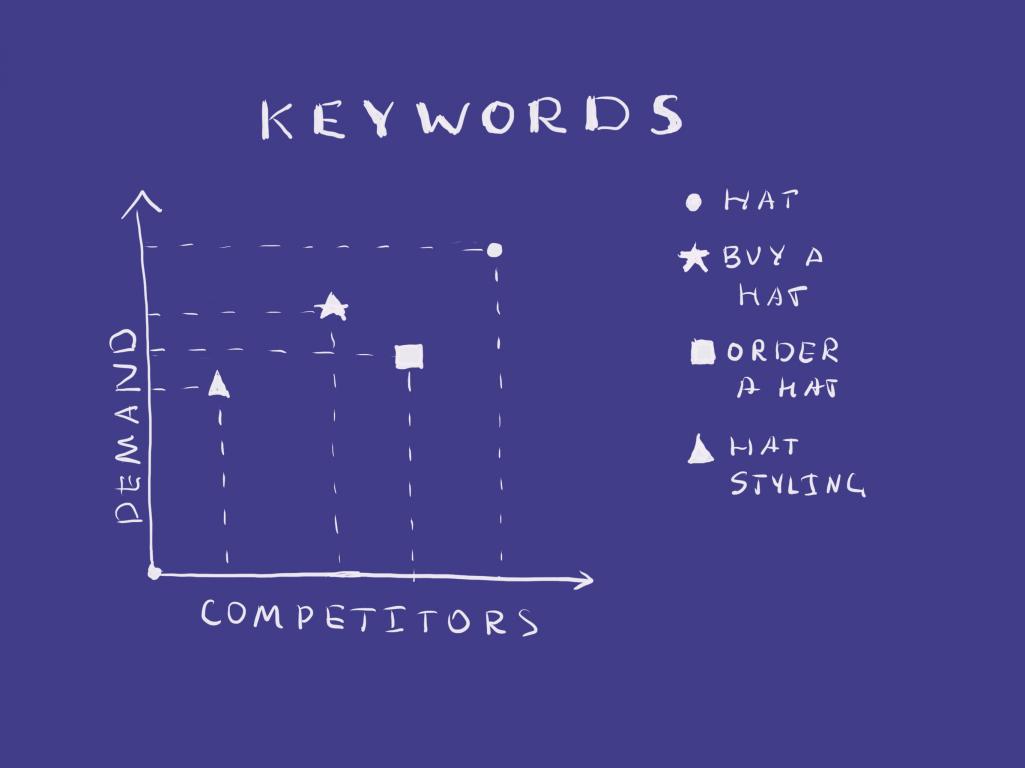
2. There are cases, when a product is completely innovative and unknown, that people are not searching for it at all. What to do? The best variant would be to go to a thematic group on Facebook, Linkedin or forums and talk to people to see in which way they might search for your product - where and when, then perform the step 1.
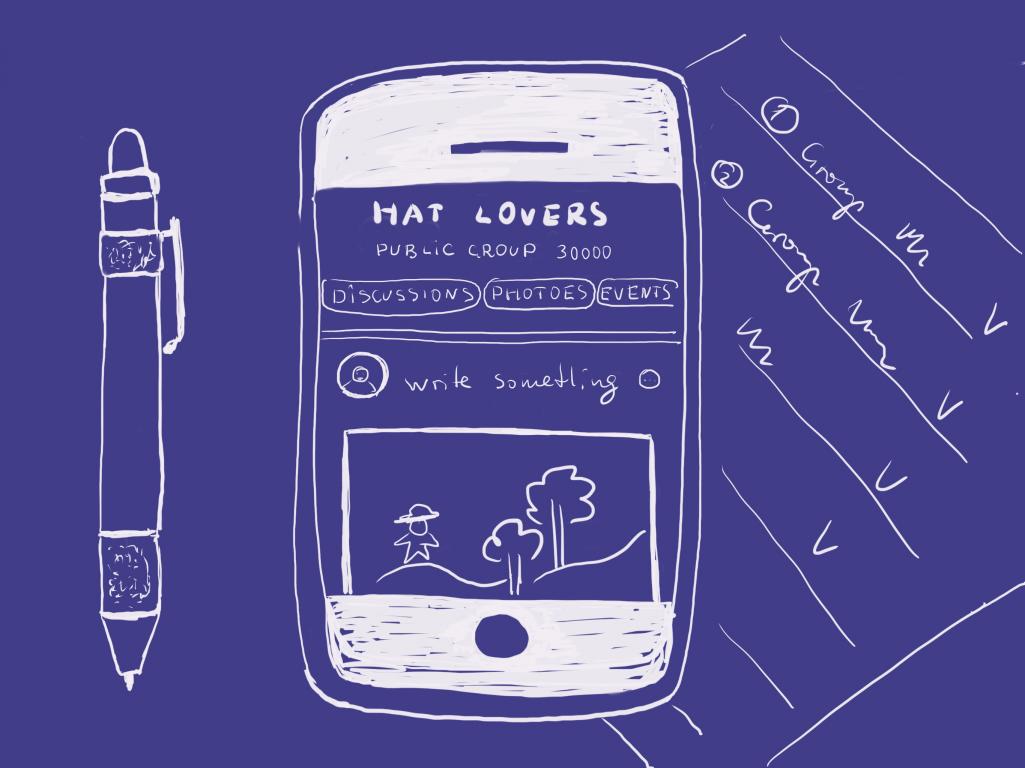
3. And if you find out that there is no way people will search for your product, you may try to create a need. A good place to do so online will be crowdfunding platforms, like Kickstarter. There is a huge audience there to whom you can present your product.
Whatever your choice (or all 3), it is always a good idea to make a proof of concept afterwards (learn more about it in “How to test your business idea”). Try to sell or pre-sell a limited range of your products or services. If people are giving you money, this is the best possible proof that you chose the right product. In fact, a successful crowdfunding campaign already implies proof of concept.
Defining your product is a very important step, but not the only one. The next thing to be done is studying your target audience.
3. Target Audience: “Who is your client?” A question that catches everyone off-guard
Knowing your client provides you with great opportunities in digital marketing, as you can target your audience very precisely. In simple terms, you can separate your future clients from others and address them directly.
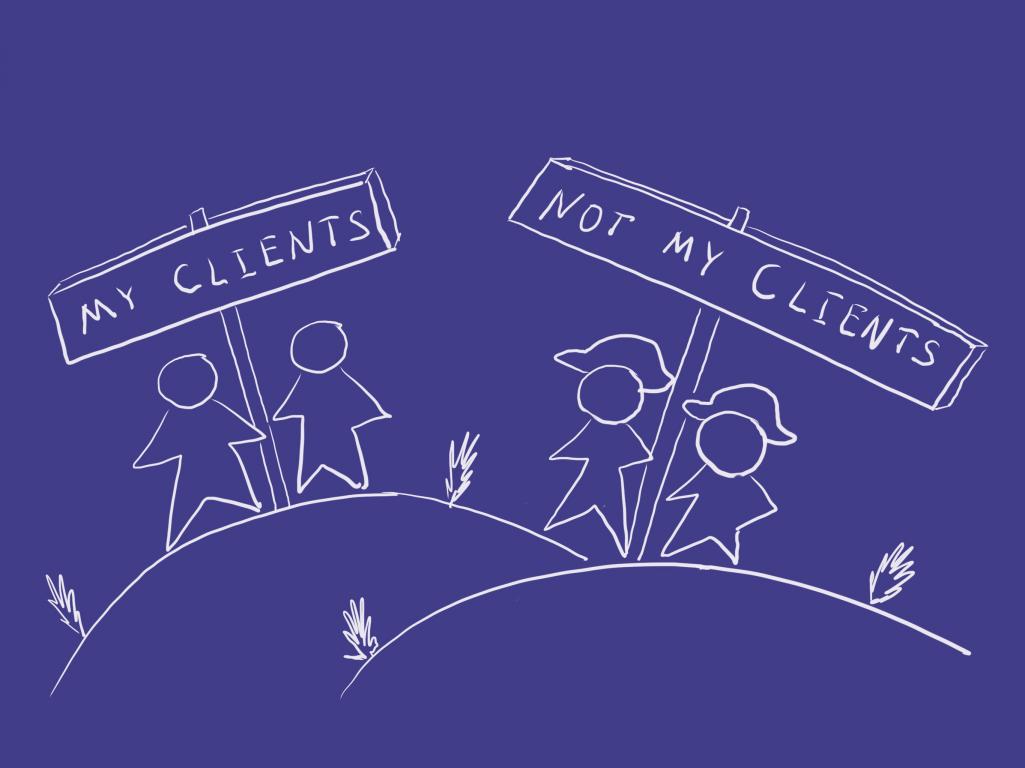
But how to choose your target audience? Here are some ideas which will help you.
1. Think of people that have a problem, which you can solve with your product, and that both have enough money to pay for it and are contactable
2. Meet (or e-meet) some representatives of this group, and ask them questions to make sure that your solution is really what they need
3. Search for information in social networks, on the forums, blogs. (Free service for the analysis of Social networks: Socialmention, paid: Hootsuite, TweetReach, Mention).
4. Use keywords search in search engines (free services: Neilpatel, Ads Google) paid services: KWfinder, Semrush).
5. Look into Google Trends to know what is ‘in’
6. Visit Facebook Ads center to see the volume of your target audience in a certain region.
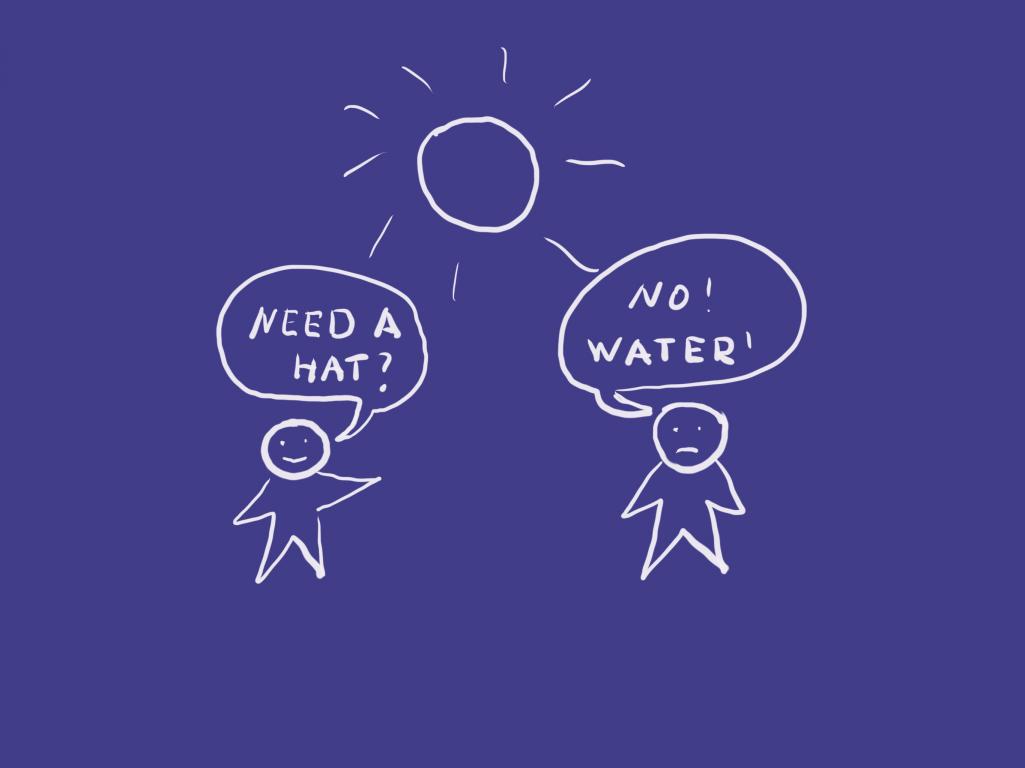
The better you know “your clients” the easier it is to reach them, as you know what they look like, where they spend their time and what they need most.
4. Unique Selling Proposition: are you still like everybody else? Why?
Another very important point to know: why your clients will buy from you and not from your competitors? (yes, even innovative products, for which nobody is searching, have competitors). How are you different and what are you best at? What is your differentiator (learn more about it in “What is branding”).
Maybe you have the best price, best service, or your products are of the best quality or have some other advantages? Show it! Talk about it!
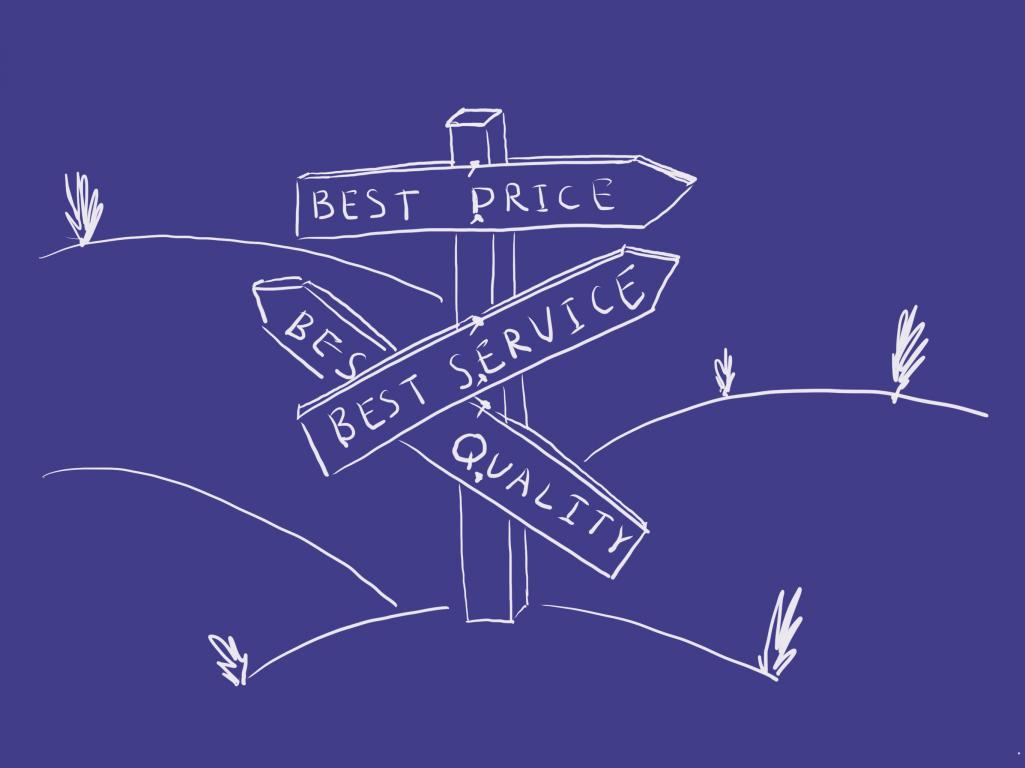
5. Customer Journey: What people are doing online
So, you know who your clients are, it is time to deal with a very important issue. Try to figure out where your clients spend their time in the digital world.
How to do it?
- through talking with clients,
- searching for relevant online groups or communities (blogs, forums, groups and communities in social media [Facebook, Linkedin, Instagram, YouTube, Twitter], even newsletter subscribers)
- observing what your future clients are doing online
Normally people spend a lot of time in social networks, different online communities and searching on the internet for different things they are interested in.
At the beginning you probably will not know for sure what your potential customers do online. Just imagine it (based on what you know so far)! If you had a problem similar to your customer’s, what would you do? Where you would go (on the Internet) and at which points you may meet a business like yours? These points are actually called “touch points”.
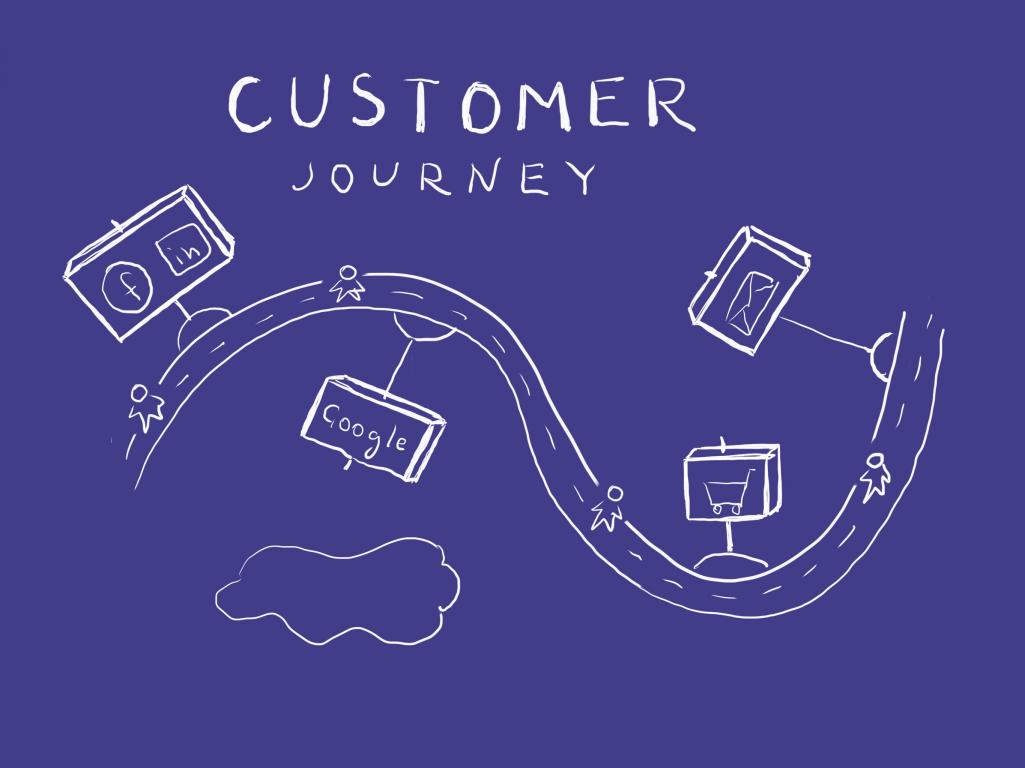
Keep in mind, that some approaches to the customer journey do not embrace sales, and deal with brand awareness. But if you are a small company or a start-up with a very limited budget, you would probably need to think one step ahead and plan your journey with the sales in mind (Read also “What is a sales funnel and how to build one”).
One more important thing: we at The Loupe create a customer journey map for our clients, which includes both physical and digital journeys, not only internet travel. This helps us to understand how to reach the target audience best.
Now you know who your clients are and where they spend their time - let’s make a suitable proposition they can not resist.
6. Advertising Placements - organic vs. paid
It is important to find out how to tell your customers about you and your goods or services. There are two ways: paid and organic. “Paid” (as the name suggests) is the one you need to spend money on. Normally you would pay for advertisements in search engines like Google Adwords or social media like Facebook campaigns (Sign up to our Blog to be the first to read “How to to make an effective campaign”).
It works more or less like distribution of the leaflets in the offline world, everybody gets a copy no matter if they want it or not. And you pay the distributor to do it.
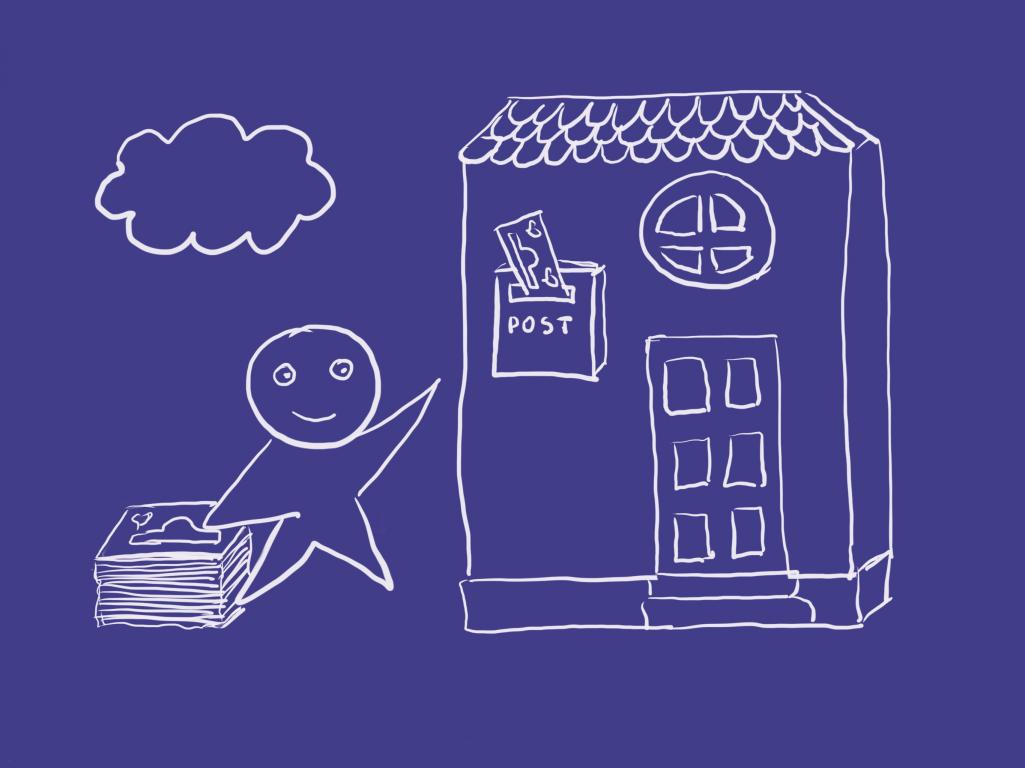
Information will spread organically if the goods or the way you communicate will be appreciated by many people. This will generate traffic, which is called “organic”. However, to know how to trigger this processes you need to understand how SEO (Search engine optimisation) and Content Marketing work. (Sign up to our Blog to be the first to read “How to promote yourself in search engines”, “What is Content Marketing and how to use it”, “How to generate traffic”)
Organic online traffic works more or less like word of mouth in the offline world. If a lot of people talk about something, the subject gets more attention and more traction, as the computer algorithms “think” it is worthy of being shared more widely. (Read also: “Fake news: how to use digital marketing to know what is true”).
Organic and pad traffic could be generated in both search engines and social media.
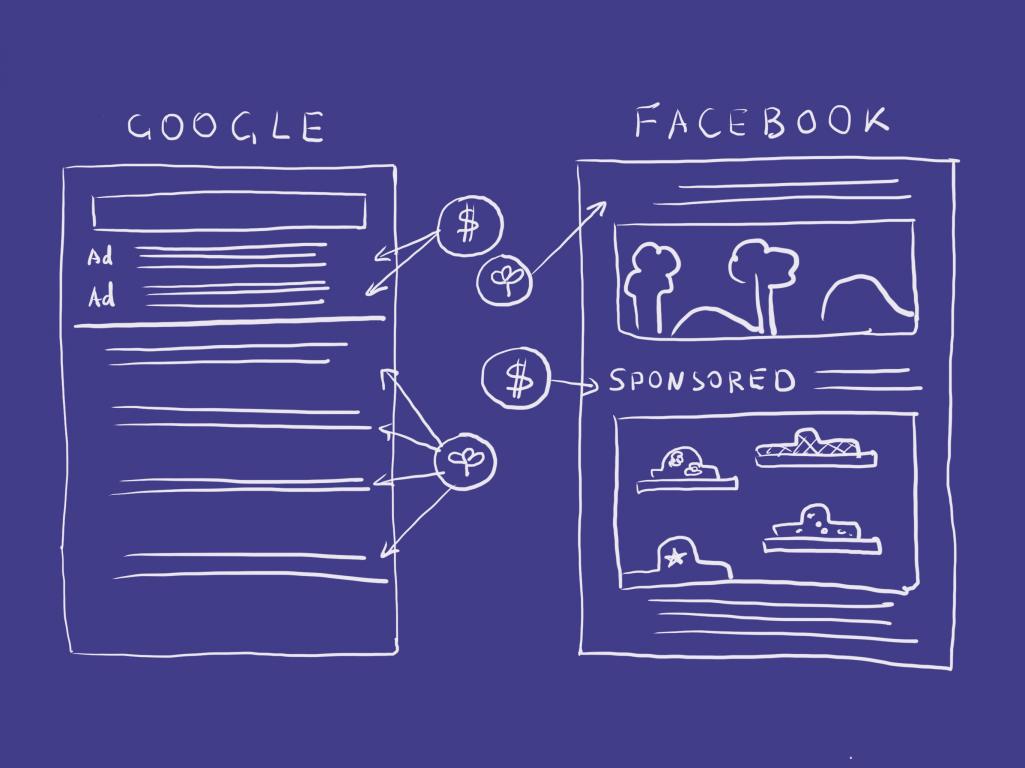
And that’s it.

What happened?
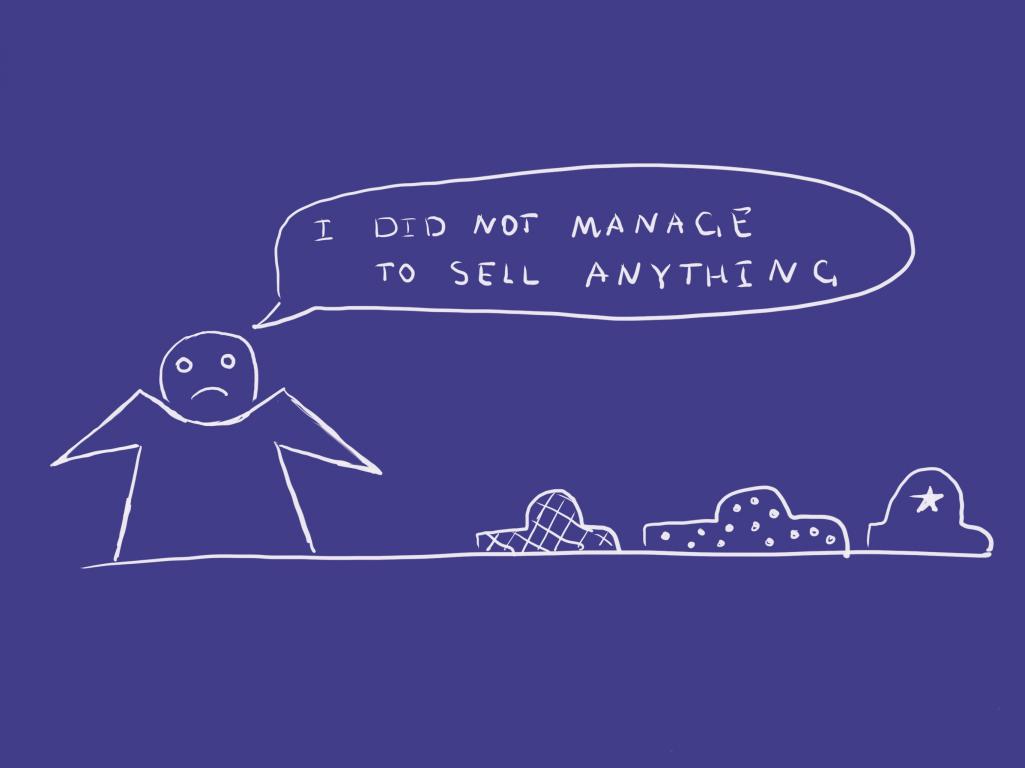
7. Sales Funnel: a “secret knowledge” of online sales
Right! It is not enough to have research and to know how to tell people about your goods. To sell online you also need a sales funnel (this obvious fact remains largely unknown among the beginners for no obvious reason).
A sales funnel will help you make conversions. And - to sell your goods and services. (Sign up to our Blog to be the first to read “What is a sales funnel and how to build one”).
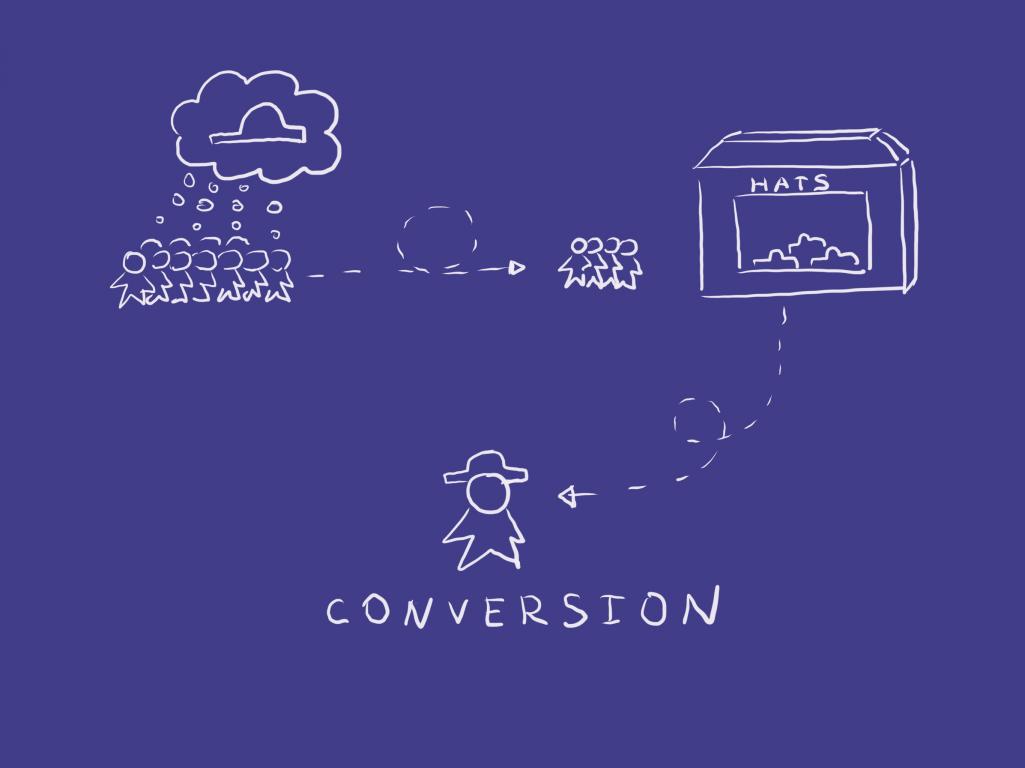
Sign up here to get notified, when new articles (and simple sketches) are published. Next chapters to come:
- “How to test your business idea”
- “What is branding”
- “How to promote yourself in search engines”
- “What is Content Marketing and how to use it”
- “How to generate traffic”
- “Fake news: how to use digital marketing to know what is true”
- “What is a sales funnel and how to build one”